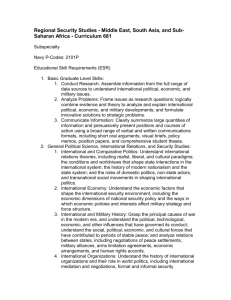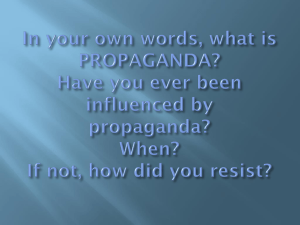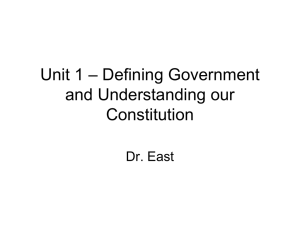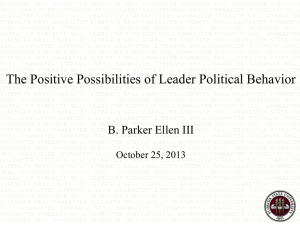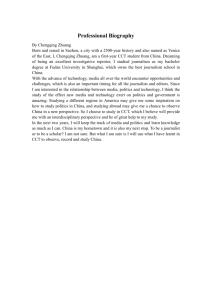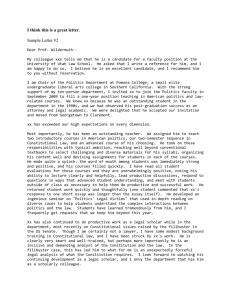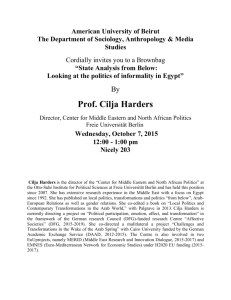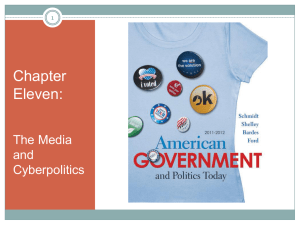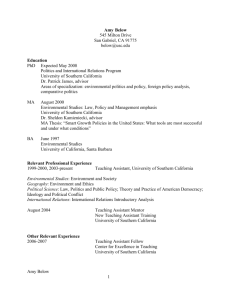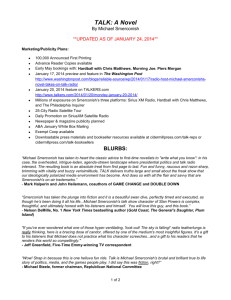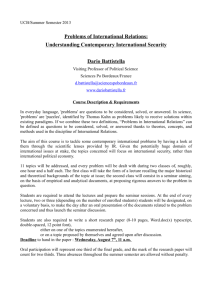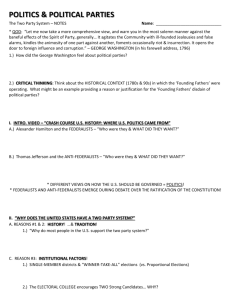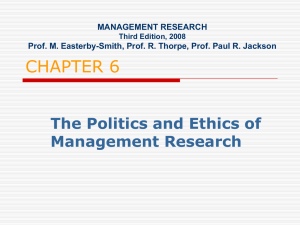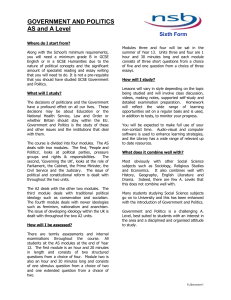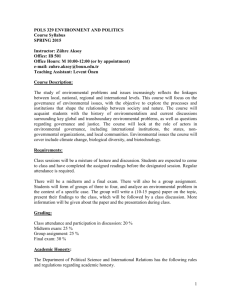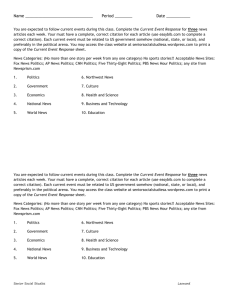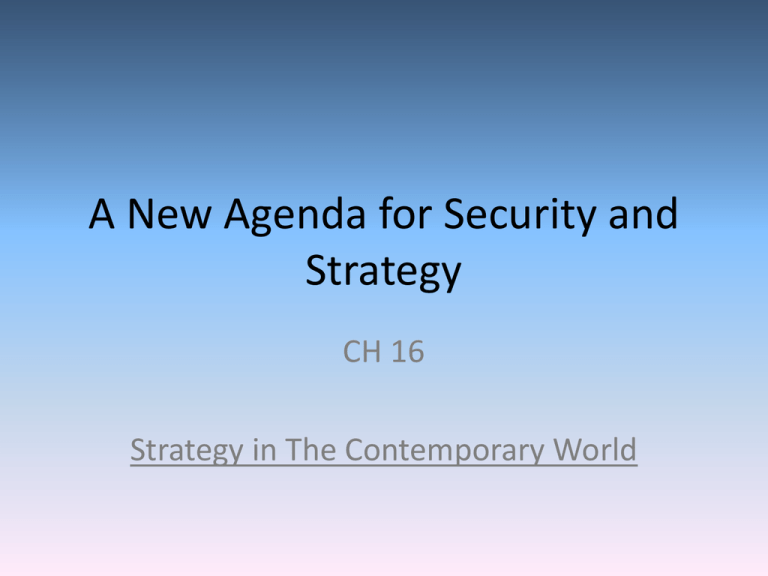
A New Agenda for Security and
Strategy
CH 16
Strategy in The Contemporary World
Introduction
• High Politics – War,
Peace, Nuclear
Deterrence and Crisis
Control, Arms Control,
and Alliance Politics
Introduction
• Low Politics- The
Environment, The
management of Scarce
Resources, and Efforts
to Control Population
Issues
Which is More Important?
• During the Cold War high politics dominated
the National Security Agenda!
Low politics not considered a threat to national security!
• Despite Major World Issues
– Nuclear Fallout -> Partial Ban Treaty 1963
– Oil Shocks of the 1970’s -> Conservation is
important!
1980’s Brought Change
• Why Did This Happen?
– Realist suggest with the evaporation of the major concerns
with the Cold War, Lesser Issues “appear” to become more
important
– Neo-Institutionalist would argue the growth of Structures
like IGO’s and INGO’s help push global issues like
deforestation, AIDS, and the ozone depletion onto security
agenda’s
– Can any other theories be used to explain this change?
The 21st Century
• Saw a return of high
politics consuming the
majority of the security
agenda.
• This was due to terrorist
attacks in New York,
London, Madrid, and Bali.
• Some once considered
low politics remained on
the Security Agenda, Such
as Globalization
The Need for a Conceptual Framework
• Why should low politics be considered a
threat to national security?
– The International Peace Research Institution
have demonstrated a link between resource
scarcity and violence
– Rapid population growth or depopulation growth
can create resource dilemmas.
– Damage to the environment can kill!
• Ex: The destruction to the Ozone layer can cause
cancer, blindness, and even death.
The Use of Military for Low Politics
Creates Big Problems
• Already used in cases of natural disasters, but
labeling as security issues would come with cost.
• Resources are diverted from preparing for war to
humanitarian projects.
• The presence of military can create more
problems then it helps.
• How can the military help with AID’s or reduce
green house admissions?
Low Politics… That Make the Agenda!
Population Issues
• Most of the population growth will occur in the
poorest countries
– They are already strained to the limits for food,
housing , and education.
• Most of the population growth elsewhere in the
world is taking place in urban areas.
– Resulting in “Mega Cities”
• Most of the additional population will be young.
– This could create an inability to provide basic services
to the populations
More Issues With Population
– Population decreases in the west will create
difficulties in filling the armed forces
– Health care and pension plan demands in the
aging population will make it difficult for
industrialized nations to afford large defense
budgets.
– In the west there is a rising aversion to causalities
shaping national strategies
• As birth rates decline people everywhere will be less
likely to see their only child sacrificed in a military
adventure
Commons Issues
A Little of Something Never Hurt Anyone
• The Tragedy of The Commons
• Ex: Salmon Fishing
• Deforestations, Water Depletion, and Carbon Dioxide
Levels
• Tragedy of the Commons occurs because of international
failure to protect to environment or its resources
• These issues can shape war strategy!
– Ex: Concerns for disrupting a tight oil market has
slowed the response against the Iranian efforts to
produce nuclear weapons
Direct Environmental Damage!
Disease
• The major concern is for
a long overdue
outbreak of a deadly
strain of influenza
• Resistant Strains
• Dormant Disease that
may arise due to
deforestation.
The Seven Diseases That Remain a
Major Concern
• (HIV/AIDS) – Pandemic proportions are like to spread
into India, Russia, and China.
• Tuberculosis *
• Malaria*
• Hepatitis B and C
• Influenza *
– H5N1 (Avian Flu)
• Diarrhoeal Diseases (results of contaminated food and
water)
• Measles
Five Reasons for the Increase Threat of
Infectious Diseases
• 1. Displaces refugees living in primitive
conditions breed and spread diseases
• 2. Unprotected sex and intravenous drug use
• 3. Modern technology
• 4. Land use practices
–Destroying
–Reforestation (Lyme Disease)
• 5. International Travel (2 million people a day)
Sensitivities Vs. Vulnerabilities
(Avian Flu Vs. SARS)

